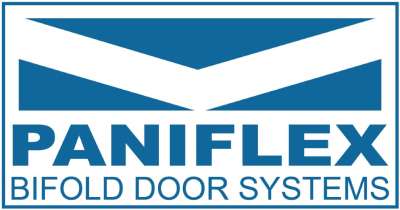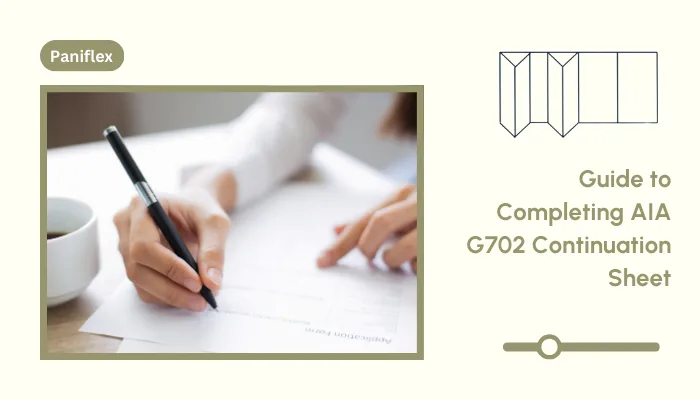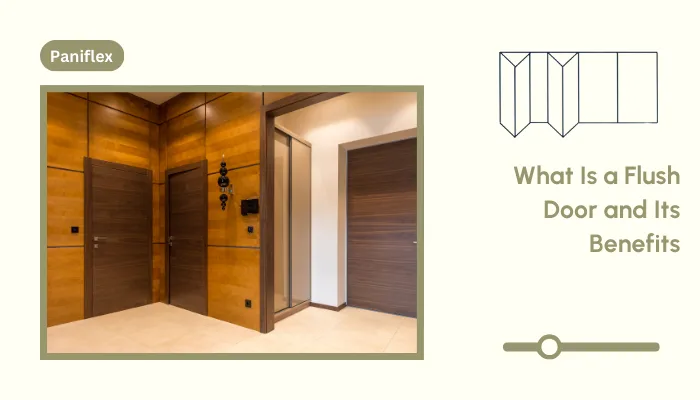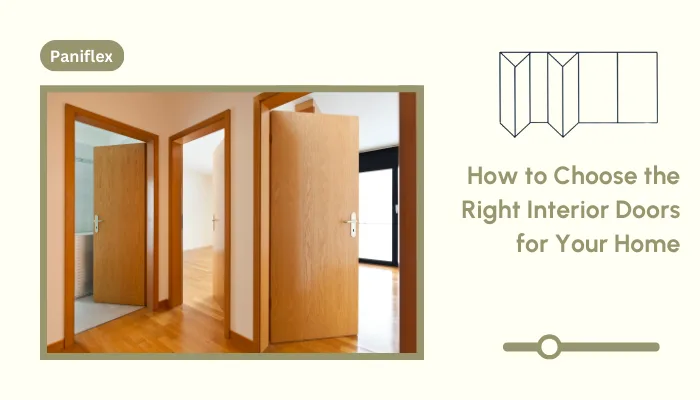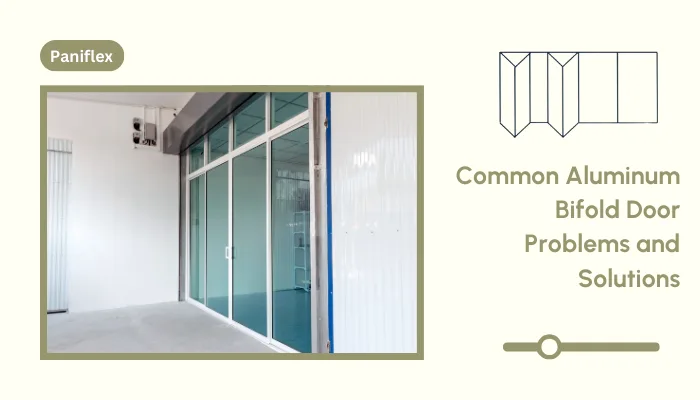The AIA G702 Continuation Sheet is crucial in the AIA billing process. It helps contractors and architects manage and document payment applications for large or complex projects.
This form is an extension of the AIA G702, which details the contract amount, payments made, and any adjustments or changes to the contract sum. It ensures transparency and clarity in the payment process, providing both the contractor and the client with a comprehensive record of payment statuses and project financials.
Understanding how to properly complete the G702 Continuation Sheet is essential for maintaining smooth cash flow and proper documentation throughout the project’s duration.
Ready to experience the benefits of custom closet doors? Explore our range of Paniflex products now.
What is a Construction Payment Application?
A construction payment application is a formal request submitted by a contractor to a client or owner for payment based on work completed during a specific period. This document outlines the amount of work done, any materials purchased, and the corresponding payment due for that work.
Payment applications are crucial for managing cash flow in construction projects, ensuring that contractors receive timely payments for completed tasks and materials supplied.
Typically, payment applications include several key details:
- Progress of Work: The percentage of work completed during the billing period.
- Change Orders: Any additional costs or scope adjustments that have occurred.
- Retainage: The portion of payment withheld until the project is fully completed.
- Previous Payments: Document payments that have already been made.
For large or ongoing projects, the AIA G702 Continuation Sheet serves as an extension of this payment application, providing more detailed breakdowns of the total contract sum and allowing for more complex accounting in the billing process.
Suggested Read: Bifold Closet Door Sizes Guide
AIA’s Standardized Contract Documents
The American Institute of Architects (AIA) offers a suite of standardized contract documents designed to streamline and standardize the processes involved in construction projects. These documents are widely recognized and used in the industry for their clarity, fairness, and detailed provisions that protect both parties involved — the contractor and the client.
AIA contract documents are structured to cover all aspects of a project, from initial agreements to final payment, ensuring that all legal and operational aspects are addressed.
Among the most commonly used AIA documents are the AIA G702 (Application for Payment), AIA G703 (Continuation Sheet), and other forms that address contracts, bonds, and change orders. These documents are integral to maintaining transparency, legal compliance, and organized project management throughout construction.
Suggested Video: Follow this step-by-step tutorial to fill out the AIA G702 Application & Certificate for Payment
Step-by-Step Guide to Completing AIA G702
Completing the AIA G702 Continuation Sheet is essential for properly documenting the progress and payments for a construction project. The G702 form helps to provide a breakdown of the total contract sum, track completed work, and ensure that payments align with project milestones.
Contractors, architects, and owners use it to maintain transparency and manage cash flow throughout the project lifecycle. Here’s a step-by-step guide to help you navigate through the form and ensure everything is accurate:
Step 1: Understand the Contract Amount and Payment Application
Start by reviewing the total contract amount and the payment application for the period. The G702 Continuation Sheet builds upon this by breaking down the contract sum into detailed sections. Ensure that you have accurate information on the work completed to date and any changes in the contract sum.
Step 2: Breakdown of Contract Sum
List the total contract amount at the top of the form. If the contract sum has changed due to change orders or amendments, these should be reflected here. This breakdown ensures transparency and helps both the contractor and client understand the distribution of funds.
- Original Contract Sum: The initial agreed-upon contract amount.
- Contract Changes (Additions and Deductions): Any changes to the original contract that have affected the sum.
Step 3: Fill Out the Columns (Completion Percentages and Payments)
The continuation sheet includes multiple columns for detailing the amount of work completed. In this section, you’ll fill out the following:
- Column 1: Description of Work: Break down the work completed, listing it by trade or phase.
- Column 2: Original Contract Sum: Input the contract sum for each line item.
- Column 3: Change Order Amounts: Any additions or deductions from change orders are entered here.
- Column 4: Current Period Work Completed: Enter the current period’s completed work, typically as a percentage of total work.
- Column 5: Total Completed and Stored to Date: This is the cumulative total of work completed so far, including materials stored at the site.
- Column 6: Retainage: Deduct the agreed-upon retainage amount to ensure it’s withheld until the project is fully completed.
Ensure that the percentages match the work completed and are aligned with your project’s progress.
Step 4: Adjust for Retainage
The retainage section ensures that a percentage of the total amount is withheld until the project reaches completion. Calculate this based on your contract terms and ensure the correct amount is deducted in this column.
Step 5: Calculate the Total Amount Due
Once all columns are filled, sum up the total amount due for the period. This total will be derived from the work completed, adjusted by any retainage, and accounting for any changes or amendments to the contract. This step ensures that the payment application is accurate and reflects the project’s progress.
Step 6: Review and Submit
Before submitting the form, double-check all calculations, descriptions, and percentages. Ensure that all supporting documents, like lien waivers or project progress reports, are attached. Once everything is accurate, the form can be submitted to the client or owner for approval.
By following these steps, you can accurately complete the AIA G702 Continuation Sheet and ensure that the payment process is transparent and correctly documented. The continuation sheet is an essential tool for managing the financial aspect of construction contracts effectively.
From the Community: Read this thread for tips on handling G702 during a project.
Common Mistakes to Avoid
Completing the AIA G702 Continuation Sheet accurately is vital for maintaining a smooth payment process and avoiding potential disputes. However, there are a few common mistakes that can lead to delays, errors in payment, or confusion.
Below are some of the most frequent mistakes made during the process, along with tips on how to avoid them:
Incorrect Breakdown
One of the most common mistakes is failing to accurately break down the contract sum. Ensure that the original contract sum and any changes, such as additions or deductions due to change orders, are correctly reflected on the sheet. Miscalculating the breakdown can lead to discrepancies when the payment is reviewed.
Tip: Double-check all amounts entered, including change orders, to ensure they align with the approved contract amendments.
Incorrect Percentages
Accurately documenting the percentage of work completed for each line item is crucial. Errors in these percentages can affect the total amount due, potentially leading to underpayment or overpayment.
Tip: Calculate the percentage of work completed for each item meticulously. Make sure it aligns with on-site progress, and verify with the project manager or superintendent.
Incorrect Calculation of Retainage
Retainage is a portion of the payment withheld until the project reaches completion. Failing to calculate this amount correctly can result in discrepancies in the payment application.
Tip: Review the contract terms for the exact percentage of retainage that should be withheld and apply it to the total payment request.
Missing Project Descriptions
Incomplete or vague descriptions of the work completed can lead to confusion or disputes with the client. Each line item should be described clearly and accurately to avoid misunderstandings about the scope of work.
Tip: Be as specific as possible when detailing the work completed for each item. This will make it easier for both the contractor and the client to understand the payment application.
Not Updating the Sheet with Change Orders
Change orders are standard in construction projects, and failing to include them in the continuation sheet can lead to payment disputes or delays.
Tip: Always update the continuation sheet with any approved change orders as soon as they occur. Ensure that the amounts are reflected in the appropriate sections of the form.
By being aware of these common mistakes and following the tips outlined above, you can complete the AIA G702 Continuation Sheet accurately and efficiently. This will ensure that the payment process runs smoothly and minimizes the risk of delays or disputes.
Suggested Read: The Ultimate Architect Checklist For Client Design Briefs
Enhance Your Knowledge with Our Course
While ensuring accurate documentation and payments is crucial for any construction project, understanding how to implement customizable design solutions is equally important. The Ceiling is the Limit: Customizable Closet Doors course offers architects the opportunity to explore the world of customizable design elements, enhancing their ability to create versatile, functional spaces.
This course will teach you about different types of closet doors, including bifold, sliding, and mirrored options. This practical expertise directly applies to your work and complements your understanding of project documentation, such as the AIA G702 Continuation Sheet.
You will improve your design skills and earn valuable CE credits, helping you stay up-to-date with industry requirements.
Whether handling large-scale projects or managing smaller, more intricate designs, understanding the intricacies of customizable closet doors will set you apart in the competitive architecture field.
Ready to experience the benefits of custom closet doors? Explore our range of Paniflex products now.
Conclusion
Completing the AIA G702 Continuation Sheet accurately ensures timely payments and transparency in construction projects. Understanding each section of the form and avoiding common mistakes can ensure smooth financial transactions and build trust with your clients.
Additionally, enhancing your architectural expertise through courses like The Ceiling is the Limit: Customizable Closet Doors will improve your design skills and provide a competitive edge in the industry. With practical knowledge and Continuing Education (CE) credits, this Custom Door & Mirror course equips you with valuable tools for managing the creative and financial aspects of construction projects.
Take control of your architectural career today. Start by mastering essential forms like the AIA G702 Continuation Sheet and expanding your skillset with AIA-approved courses. Sign up for the course today.
